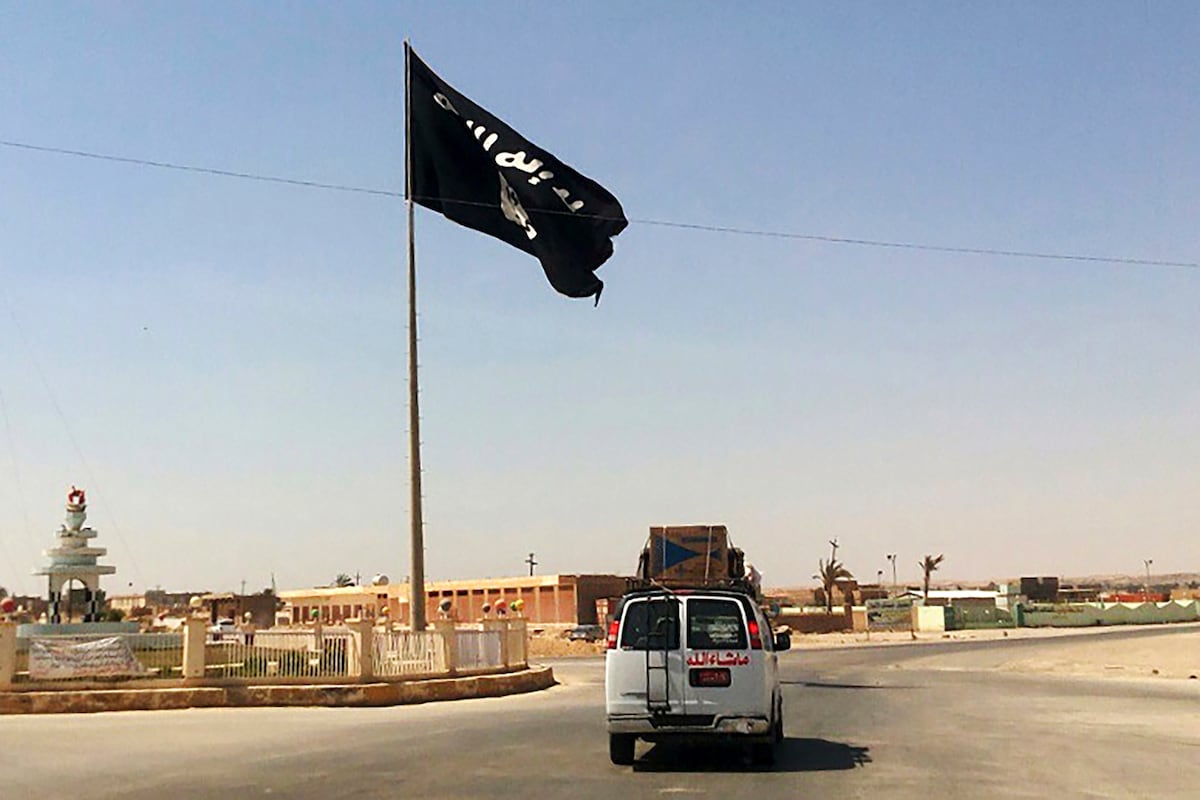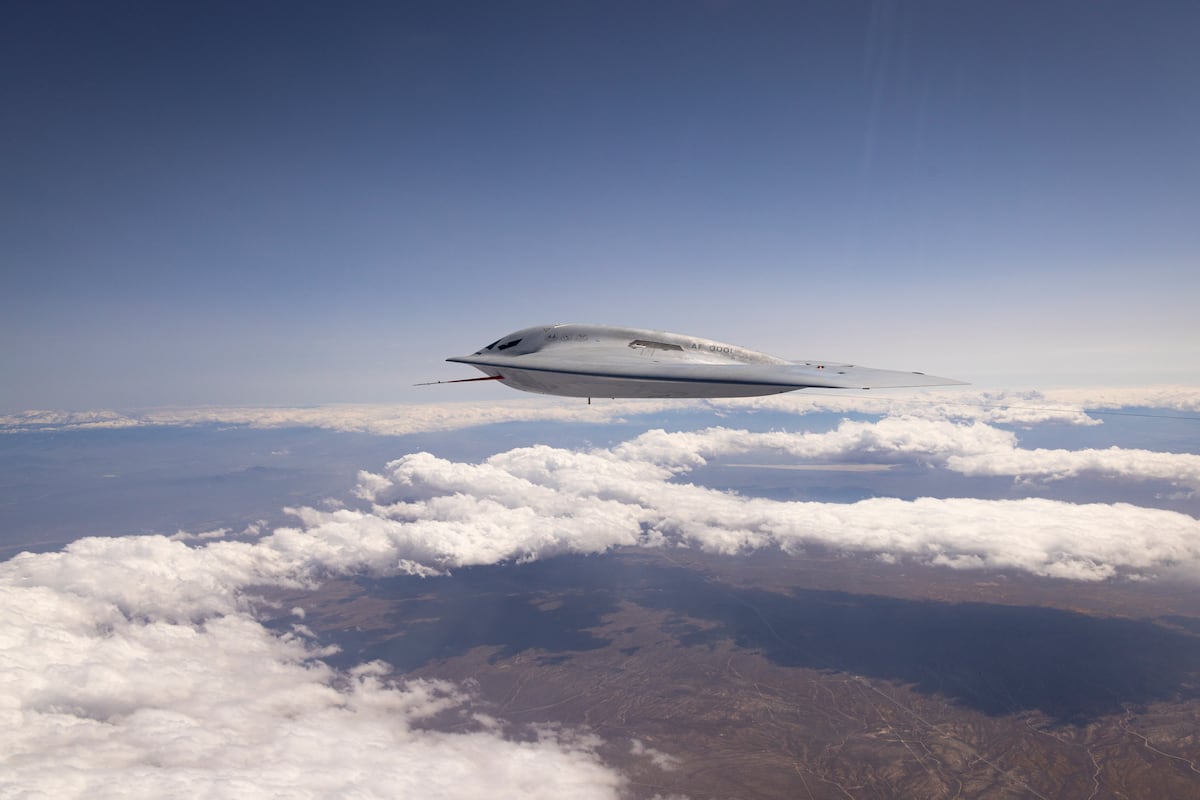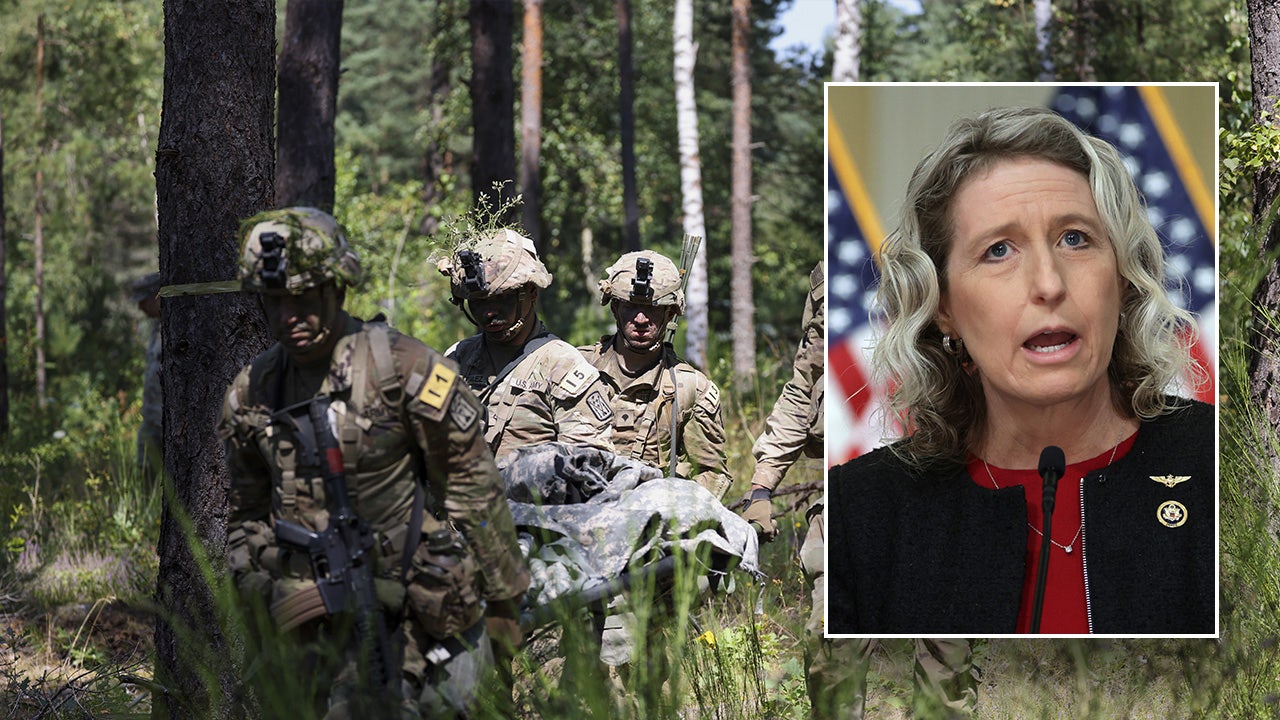Talk of US Iraq withdrawal is disconnected from ISIS threat

The bulk of U.S. forces will depart Iraq over the next two years, leaving only a residual force in the semiautonomous region of Kurdistan to provide security to Iraqi Kurds and sustain U.S. forces in Syria, according to Iraqi officials cited in a Sept. 12 report in the Washington Post.
That follows, and at least partially contradicts, previous reporting from Reuters, and Pentagon spokesman Maj. Gen. Pat Ryder could not provide clarity Thursday when asked.
A premature U.S. departure from Iraq that ignores the advice of military leaders and conditions on the ground risks repeating the mistakes of past withdrawals from Iraq and Afghanistan and catalyzing an ISIS resurgence.
Under the U.S.-Iraqi Higher Military Commission, the United States and Iraq have agreed to discuss a transition to a “new phase of the bilateral security relationship,” though it remains unclear what that relationship would look like and how the U.S. force presence in Iraq would be impacted.
While the details of the future U.S. military posture in Iraq remain murky, the consequences of a premature withdrawal are clear.
General Kurilla, the commander of U.S. Central Command, warned Congress in March that a withdrawal of the U.S.-led coalition “would all but guarantee ISIS’ return if it occurred before Iraqi Security Forces were ready to stand on their own.”
Similar warnings were issued in 2011 before a U.S. military withdrawal from Iraq that catalyzed a series of events that led to the establishment of the ISIS caliphate and forced American forces to return in 2014.
Kurilla, in his testimony, also reiterated that the U.S. force presence in Syria would be significantly impacted without a military presence in Iraq. In July, CENTCOM announced that ISIS was attempting to reconstitute and was on track to double its number of attacks in Iraq and Syria.
While the ISIS caliphate is defeated, ISIS the terrorist organization is not. Two recent raids by U.S. forces demonstrate the persistent threat of ISIS and the continued operational role of U.S. forces in the country.
On Aug. 29, U.S. and Iraqi forces conducted a partnered raid in western Iraq to disrupt and degrade ISIS’ ability to plan and conduct attacks “throughout the region and beyond,” according to a Central Command statement.
Fourteen ISIS fighters were killed, including ISIS senior leaders overseeing operations in in the region, and seven U.S. service members were injured.
Just days later, on Sept. 1, U.S. forces partnered with Syrian Democratic Forces to capture an ISIS leader who was helping ISIS fighters escape detention in Syria.
Meanwhile, Iranian proxies have attacked U.S. forces in Iraq and Syria over 170 times since October, placing pressure on the Iraqi government to secure a U.S. withdrawal while putting American troops in further danger and detracting from their intended defeat-ISIS mission. A leading grand strategic goal of the Islamic Republic of Iran is to evict U.S. military forces from Iraq and Syria.
Some officials within the Iraqi government have pushed for the departure of the U.S.-led coalition, but the Iraqi Foreign Ministry delayed a formal announcement in August.
On Sept. 12, though, the Iraqi Defense Minister said that Iraq and the United States had reached an agreement to withdraw the majority of U.S. and coalition troops in two unspecified stages beginning this year and concluding in 2026 as part of a transition to a “sustainable security partnership.”
But a withdrawal of U.S. forces from non-Kurdish parts of Iraq could make Americans in Baghdad more vulnerable and cause concern among many Sunnis, creating fertile ground for ISIS radicalization, recruitment and resurgence.
A more complete American withdrawal that also included the departure of U.S. forces from Kurdistan would likely be a disaster, exacerbating Sunni concerns and making it much more difficult logistically for the Pentagon to support U.S. troops in Syria.
The warnings of military leaders and recent operations demonstrate the danger of an ISIS resurgence and the continued importance of U.S. forces in preventing such an outcome. But they are also a reminder that American service members continue to put themselves in harm’s way in Iraq and Syria waging a war that some Americans seem to have forgotten.
If the United States intends to keep U.S. troops in harm’s way to protect vital interests, Washington must ensure that our fellow citizens in uniform have the means to defend themselves and the permission to strike back with overwhelming force when they are attacked.
The United States must also ensure that its forces are operating with reliable partners and under a coherent strategy rather than conducting sporadic raids and airstrikes while its forces are subjected to regular attacks by Iranian terror proxies, including some militias that are part of the Iraqi security architecture.
The future U.S. military posture in Iraq remains uncertain. But if past is prologue, we can be confident that a U.S. military withdrawal that ignores conditions on the ground will not end well.
Cameron McMillan is a research analyst at FDD’s Center on Military and Political Power, where Bradley Bowman is the senior director.







